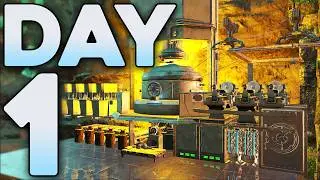Helensburgh glow Worm tunnel
The Helensburgh Glow Worm Tunnel, formerly the Metropolitan Tunnel, was built in the 1880s as part of a single-line railway to transport coal from a local colliery. It closed in 1915 due to accumulated soot and smoke from the trains, and remained abandoned until the mid-1990s when a colony of glowworms took residence, creating its unique bioluminescent display. The tunnel is now a popular tourist spot for its natural light show and its connection to the old South Coast Rail Line.
From Railway Line to Glow Worm Haven
Construction and Purpose:
The tunnel was built as part of the Helensburgh railway station, which opened on January 1, 1889. It served as the Metropolitan Tunnel, connecting the local colliery to transport produce north to the suburbs.
Closure and Abandonment:
The single-line tunnel was abandoned in 1915 after years of operation. The accumulation of soot and smoke from the trains made it hazardous for passengers and crews, leading to the construction of new tunnels.
Reclamation by Nature:
After decades of abandonment, the tunnel was partly cleared and restored in 1995. This process revealed the ideal damp, dark conditions that allowed a colony of glowworms—the larvae of fungus gnats—to move in.
A Natural Wonder
The Glowworms:
The tunnel houses one of the largest colonies of glowworms in New South Wales. These bioluminescent creatures use their blue-green light to attract prey, creating a captivating starry-like display on the tunnel's roof.
A Tourist Destination:
Today, the tunnel is a popular destination for hikers and photographers. Visitors come to experience the enchanting glow and explore the historic site, which is now part of a state recreation area.



















